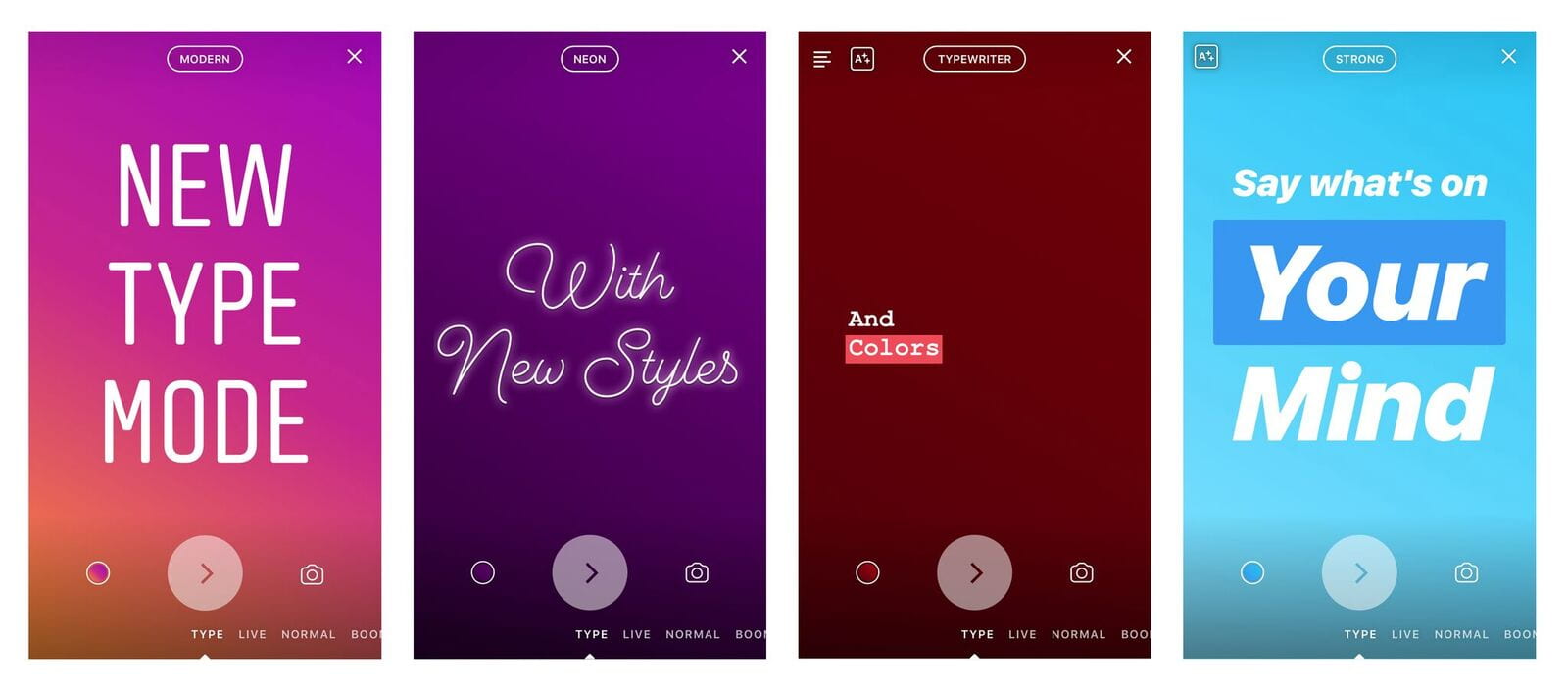“Software is never static, it is always updating” – Elaine Si Leong, Tutorial Week 2.
This idea presented by Elaine in my week 2 tutorial really got me thinking about the Don Norman reading for the week, Affordance, conventions and design (Part 2)(1999), particularly Norman’s need to clarify his use of the word affordances in previous works to better fit the evolving environment. Moving away from J. J. Gibson’s more static use of the word referring to “actionable properties” between two subjects, to the more refined concept of perceivable affordances.
Norman’s justification and clarification of his language usage, highlighted the need for precise and updated language in a rapidly evolving environment. Even more so with technology on the rise, software based design now relies heavily on perceived affordances (Norman, 1999).

There is a constant need to update and improve, for better or for worse (in certain instances). Software is always updating, adding and subtracting to users perceived affordances. Lately, I’ve noticed Instagram frequently updating their story function. With each new addition Instagram then promotes and provides instructions through their own story, regarding any new feature and affordance users can access with the click of a digital button.
While these new affordances Instagram adds to their story feature are widely promoted with usage instructions being sent out to all users; other new affordances are hidden away in harder to access areas. Take the ability to add alt text to a post for example, I accidentally stumbled upon this feature while editing a previous post of mine. For something that is intended to increase accessibility, it is not in an easily accessible location; either placed at the bottom of an advanced settings menu or similar to the tag someone option when editing a post.

If the affordance that allows users to interact with this feature is hidden away, what is the purpose of affording it? Maybe to simply say that accessible resources are provided, while encouraging users to quickly, easily, and without hassle post content. Widely appealing and highly interactive features have their affordances highlighted in an effort to keep users engaged and promote continued activity within the app.
But what if a perceived affordance loses its ability. Chairs become old, they still afford sitting, but one day it may break and can no longer afford safe sitting. Software updates to improve and introduce new affordances, but along the way older affordances can become lost and disregarded.
I recall a time when my quite old laptop updated its operating system, and by doing so rendered the power button obsolete. I still to this day do not know for what reason. No it wasn’t a hardware issue. The main and most obvious perceived affordance of my laptop was now gone.
How would I turn it off?
Most importantly how would I turn it on?
The power button was the only perceivable way to indicate to the system to turn on.
Well, the answer was to furiously open and close the screen until the laptop got the idea to turn itself on. While this is an affordance my laptop has always afforded me, not once did I think to try it because I had no reason to. Well, until the affordance of a functional power button was taken away from me. Yes the power button still affords clicking, but the convention I had learnt to turn on my laptop was swiftly taken away from me.
It is unreasonable to say that a piece of software will never update, it is constantly striving to improve and thus increase user interaction and engagement. Whether that be through adding new affordances, bring old affordances to light, or disregarding existing affordances. Whichever is the case, there is probably a whole team of experienced individuals supporting the decision.
References:
Norman, D 1999, ‘Affordance, conventions and design (Part 2)’, Nielsen Norman Group, viewed 8 March 2020, <http://www.jnd.org/dn.mss/affordance_conv.html>